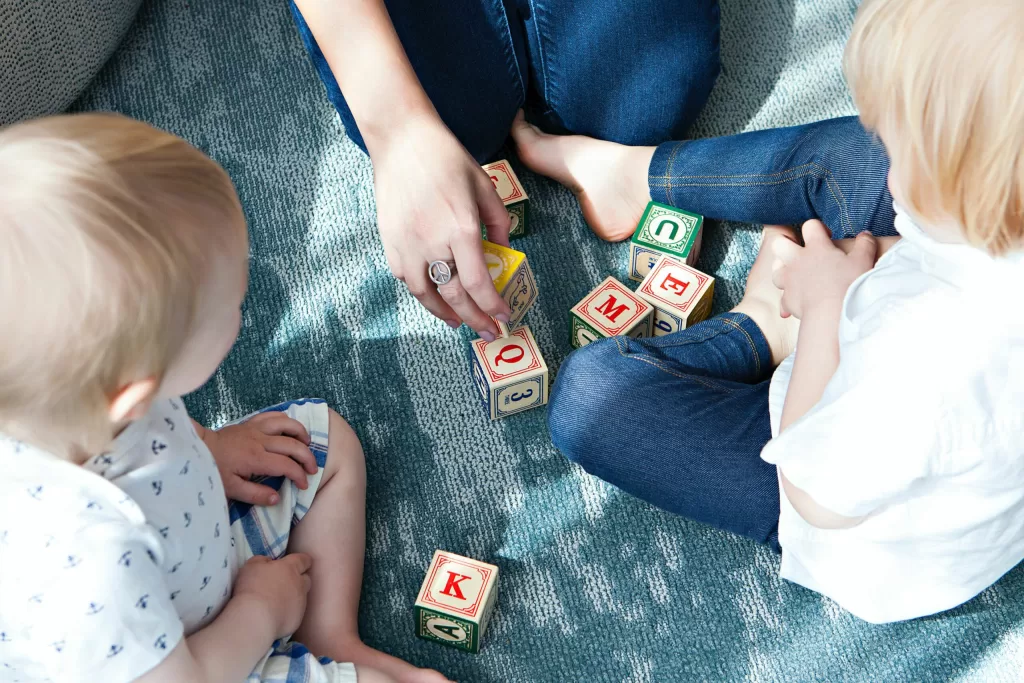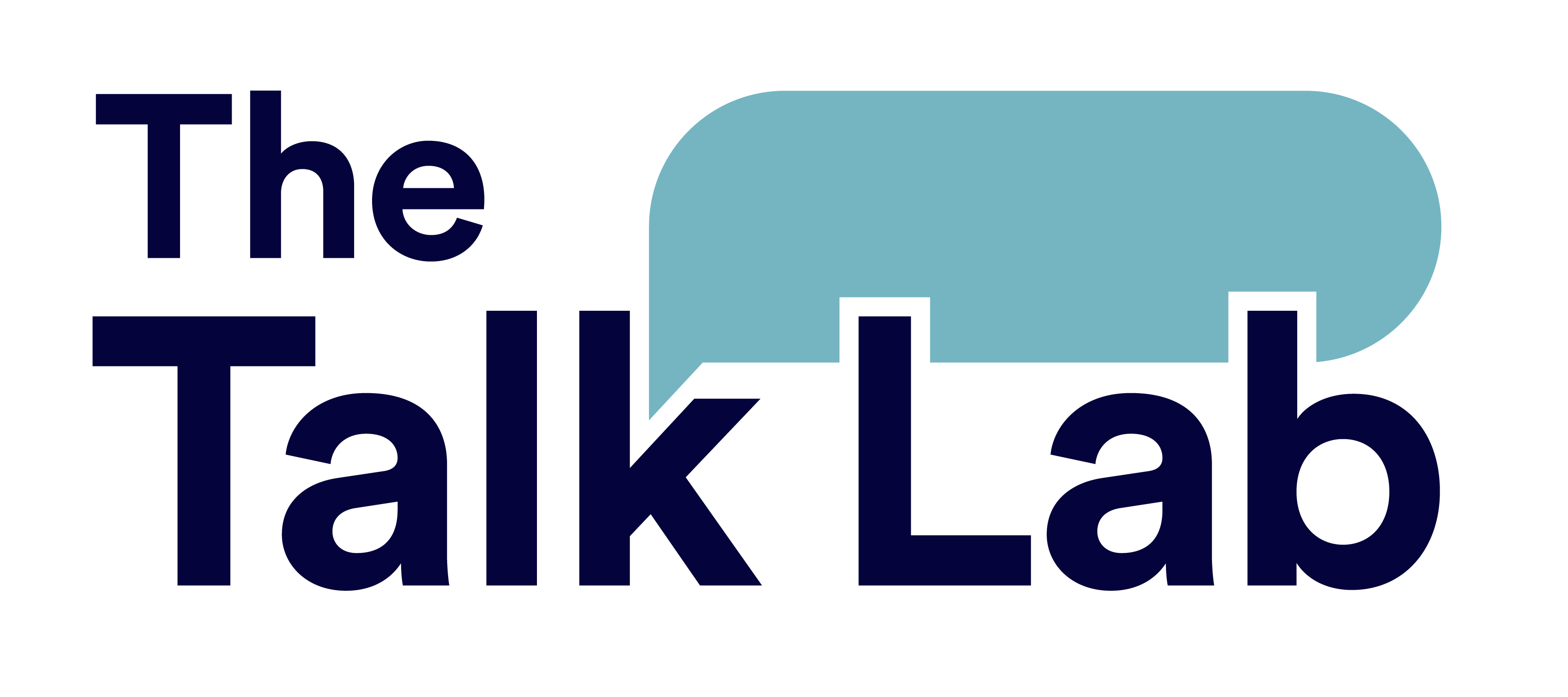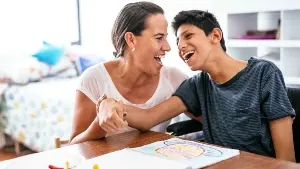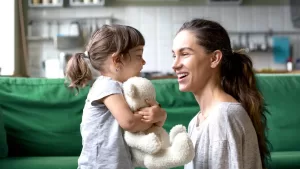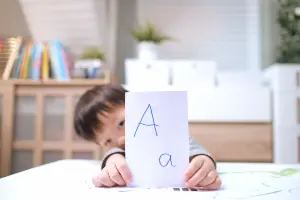Speech Language Delay
Does your child have difficulty expressing and understanding verbal language? Speech therapy provides techniques to address speech and language delay and improve your child’s communication skills.
Speech Language Delay
A language delay is when a child has difficulties understanding and/or using spoken language at a level that is unusual for the child’s age. This can include difficulties responding to language and understanding words and sentences. We work collaboratively with your child to address and improve speech and language delay, building confidence and independent communication. Our therapeutic approach focuses on three key areas of difficulty: receptive difficulty, expression, and pragmatic difficulties. We tailor our approach to help your child achieve their speech goals, providing support where it is most needed.
Receptive and Expressive Language
We use different tests to understand how your child uses and understands words and language. Using this information, we tailor specific therapies to help build receptive and expressive language skills. We do this by working with individuals to:
- Improve comprehension and understanding of language when communicating with others.
- Expand their functional vocabulary.
- Build sentence complexity and appropriate use of verbs, nouns, adjectives, and grammar.
- Develop alternative forms of communication.
- Understand and follow directions and seek clarification when necessary.
- Understand language concepts and respond appropriately to questions.
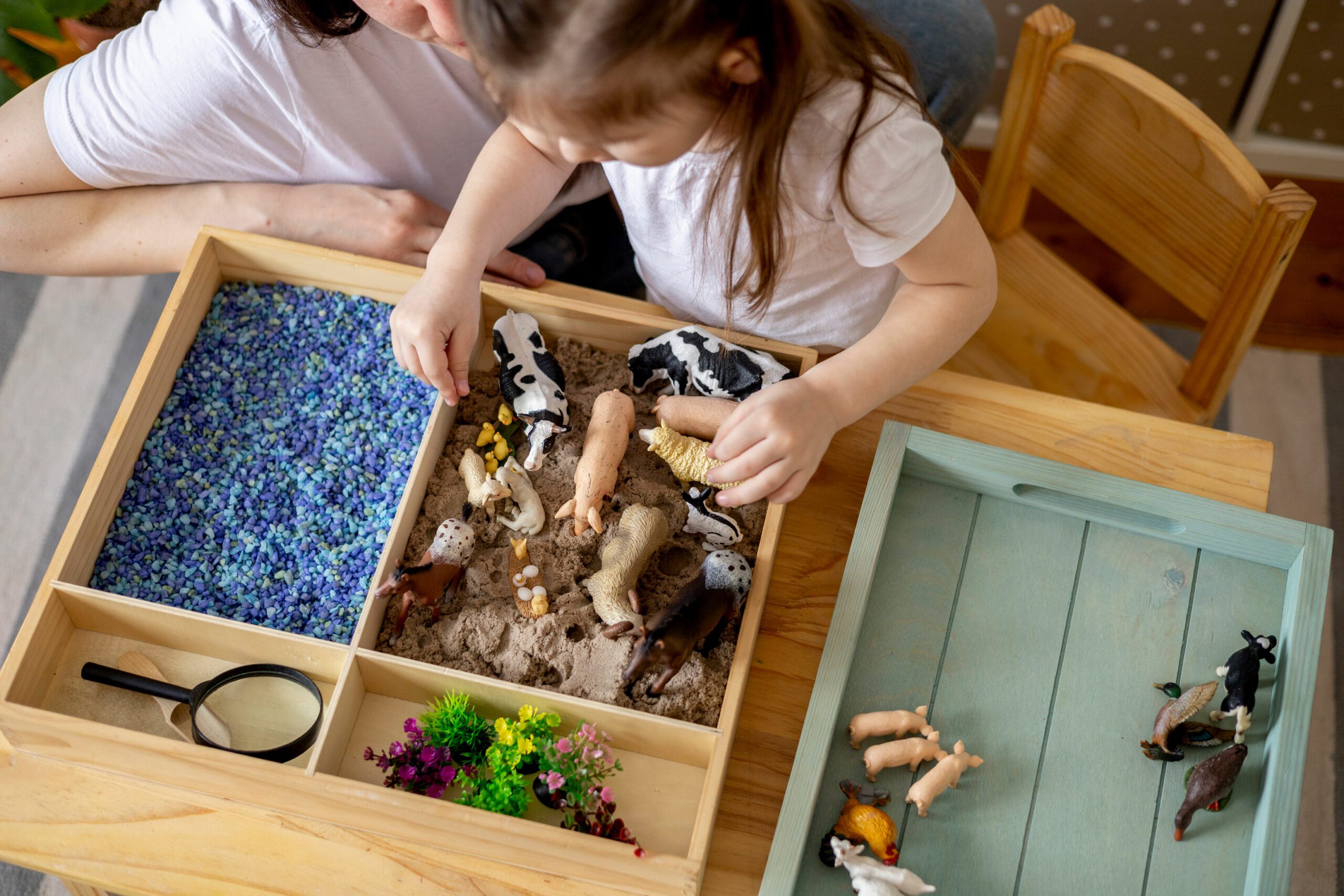

Educational Resources
Listed below are links to helpful information about Speech Language Delay
Pragmatic Language
We also tailor specific therapies and strategies to help individuals build and use language within social situations to communicate their thoughts, ideas, and feelings. We do this by working with individuals to:
- Use their language for different purposes (e.g., greetings, informing, stating, and requesting etc.)
- Adapt their language according to the listener or situation they are in (e.g., speaking differently to their teacher versus a baby, adjusting their volume in noisy areas, correctly judging the listeners assumed knowledge on a topic etc.)
- Follow the “unspoken” rules of conversation and social interaction (e.g., facial expressions, eye-contact, turn taking, shared attention, body language etc.)
